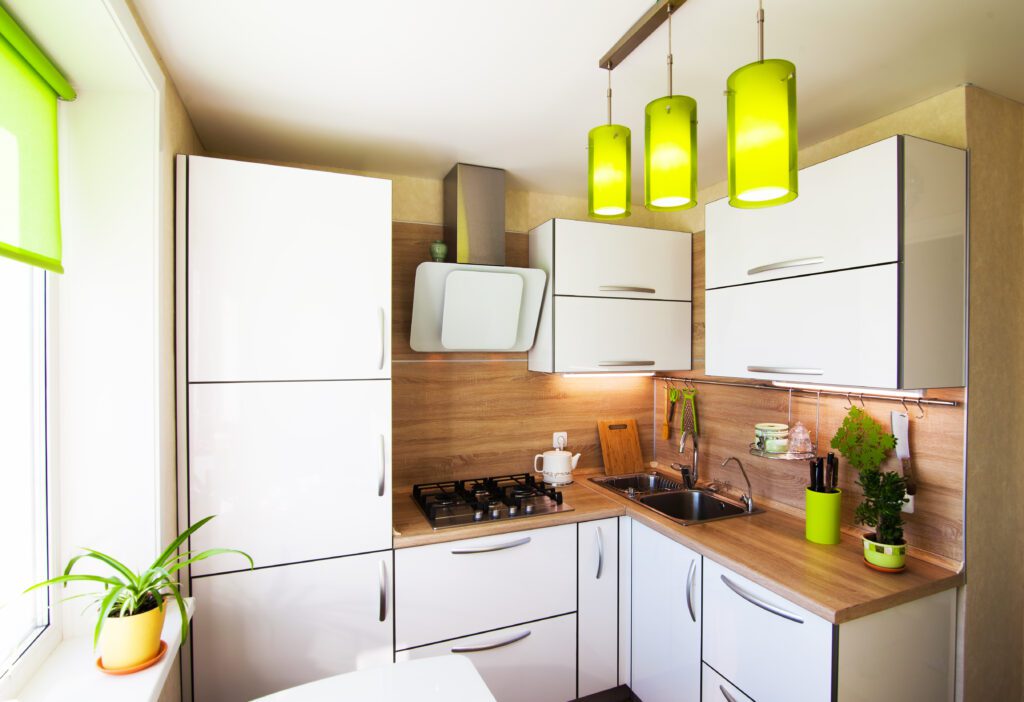The Minimalist Chef: Cooking Gourmet Meals in a Tiny Kitchen
Maximizing Flavor in Minimal Spaces: Gourmet Cooking Made Simple
In the era of tiny homes and compact living spaces, the kitchen often bears the brunt of downsizing. Yet, the desire for gourmet meals doesn’t diminish with the size of the kitchen. In fact, the challenge of creating restaurant-worthy dishes in a confined space has birthed a new breed of culinary enthusiasts – the Minimalist Chef. This blog delves into the art of cooking gourmet meals in a tiny kitchen, unveiling tips, tricks, and the unexpected solution of utilizing self-storage to maximize culinary potential.
The Essence of Minimalist Cooking
Minimalism isn’t just a design trend; it’s a lifestyle that transcends into various facets of our lives, including the culinary domain. A minimalist chef focuses on simplicity, functionality, and efficiency. The idea is to create exceptional dishes with the least amount of clutter and without overwhelming kitchen spaces.
1. Essential Utensils Only
A tiny kitchen demands a careful selection of utensils. Invest in multi-purpose tools that can replace several gadgets. For instance, a quality chef’s knife can perform a myriad of tasks, eliminating the need for a cluttered knife block. Consider the versatility of utensils like a high-quality cast-iron skillet, which can go from stovetop to oven seamlessly.
2. Smart Storage Solutions
Make use of vertical space with wall-mounted shelves and hooks to store pots, pans, and utensils. Magnetic strips on the wall can keep knives within reach without hogging valuable counter or drawer space. Consider foldable or stackable containers to save room in cabinets. Utilize the insides of cabinet doors for additional kitchen storage with hanging racks for spices or small utensils.
3. Streamlined Ingredients
A minimalist chef focuses on a select few high-quality ingredients rather than a pantry overflowing with options. This not only simplifies the cooking process but also ensures each ingredient shines in the dish. Consider creating a designated space for your most-used ingredients, creating an aesthetically pleasing and functional display.
Gourmet Cooking in a Limited Space
Now that the essentials of a minimalist kitchen are in place, let’s explore how to transform limited kitchen space into a haven for gourmet cooking.
1. Plan Ahead
Before diving into a recipe, take a moment to plan. Mise en place, a French culinary term meaning “everything in its place,” is the key to a smooth cooking experience. Pre-chop, pre-measure, and organize ingredients before starting the cooking process. This not only saves time during the actual cooking but also minimizes the chaos in a small kitchen.
2. One-Pot Wonders
Opt for one-pot or one-pan dishes that minimize the number of utensils needed. Not only do they simplify the cooking process, but they also reduce the cleanup – a win-win situation in a tiny kitchen. Explore various cuisines that excel in one-pot recipes, such as paella, risotto, or stir-fries.
3. Modular Cooking
Break down complex recipes into modular components. For instance, if you’re preparing a sauce, a protein, and a side, focus on finishing each element before moving on to the next. This prevents overcrowding on the stove and ensures each component is cooked to perfection. Embrace the concept of ‘mise en place’ not just for ingredients but also for the cooking process itself.
4. Master the Art of Batch Cooking
Prepare large batches of staple ingredients like grains, proteins, and sauces, and store them in smaller portions. This not only saves time but also reduces the need for constant cooking in a limited space. Consider investing in high-quality airtight containers for proper storage that keeps ingredients fresh for an extended period.
Expand Your Space with Self Storage
As a minimalist chef, you’ve streamlined your kitchen, optimized your cooking process, but what about those occasional gadgets and appliances that aren’t used daily? Here’s where the unexpected solution comes into play – self-storage.
1. Identifying Non-Essentials
Take a critical look at your kitchen tools and appliances. Identify items that aren’t used regularly but are essential for certain recipes or occasions. These could include stand mixers, specialty pans, or even large serving platters.
2. The Self-Storage Solution
Renting a self-storage unit for kitchen items that aren’t in constant use is a game-changer. This allows you to maintain your minimalist kitchen while still having access to the cooking tools you need when the occasion arises. Look for self-storage properties that offer various unit sizes to accommodate your specific needs.
3. Seasonal Rotation
Consider seasonal rotation of items in self-storage. For example, bring out the slow cooker during winter and store it away during the summer. This ensures your kitchen houses items most relevant to the current season. Additionally, create an inventory list of items stored in your self-storage unit for easy reference.
4. Organized Storage Units
When utilizing self-storage for kitchen items, organization is key. Use clear containers and labels to identify the contents of each box. This makes it easy to locate and retrieve specific items when needed. Consider creating zones within your storage unit, grouping similar items together for added efficiency.
Choosing the Right Self-Storage Unit
If you’re considering self-storage as an extension of your tiny kitchen, there are a few factors to keep in mind.
1. Proximity to Home
Choose a self-storage property that is conveniently located. This makes it easier to access your stored items when necessary, ensuring that distance isn’t a deterrent to utilizing your stored kitchen tools. Evaluate storage compaies in your local area and inquire about any introductory offers or discounts for new customers.
2. Climate Control
Opt for a climate-controlled storage unit, especially if you’re storing appliances or tools that can be sensitive to temperature changes. This extra layer of protection ensures the longevity of your kitchen equipment. Before renting a unit, inquire about the property’s climate control capabilities and how they maintain optimal conditions.
3. Security Measures
Ensure the self-storage facility has robust security measures in place. This includes surveillance cameras, secure access codes, and well-lit premises. Your kitchen tools deserve a safe and secure home outside your home. Check online reviews and ask for recommendations to ensure the property has a good reputation for security.
4. Accessibility and Size
Consider the accessibility of the storage unit. Ensure it’s easy to navigate within the property and that you can access your items without any hassle. Additionally, choose a storage unit size that accommodates your needs, allowing space for future additions or changes in your storage requirements.
Embracing the Minimalist Chef Lifestyle
The minimalist chef lifestyle is not just about cooking; it’s about embracing simplicity, efficiency, and deliberate choices. By optimizing your tiny kitchen and judiciously utilizing self-storage, you can elevate your culinary experience without overwhelming your living space.
As you embark on your journey as a minimalist chef, remember it’s not about the size of your kitchen but the creativity and passion you infuse into your dishes. Embrace the art of minimalism, savor the joy of gourmet cooking, and relish the unexpected freedom self-storage can bring to your culinary haven. Happy cooking!






